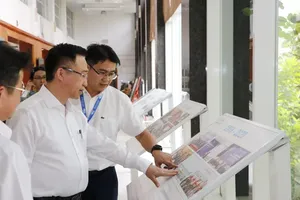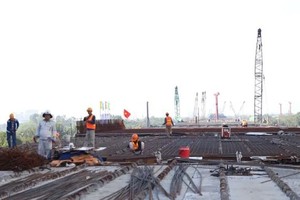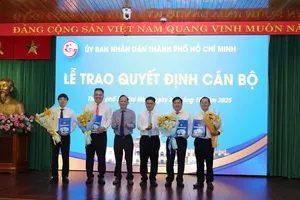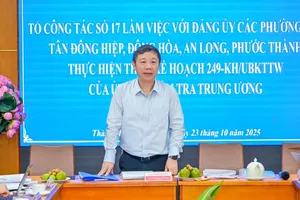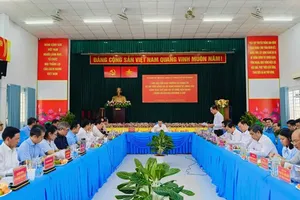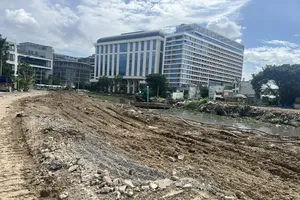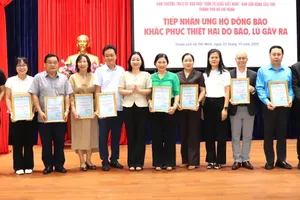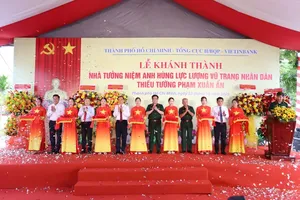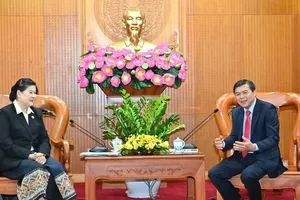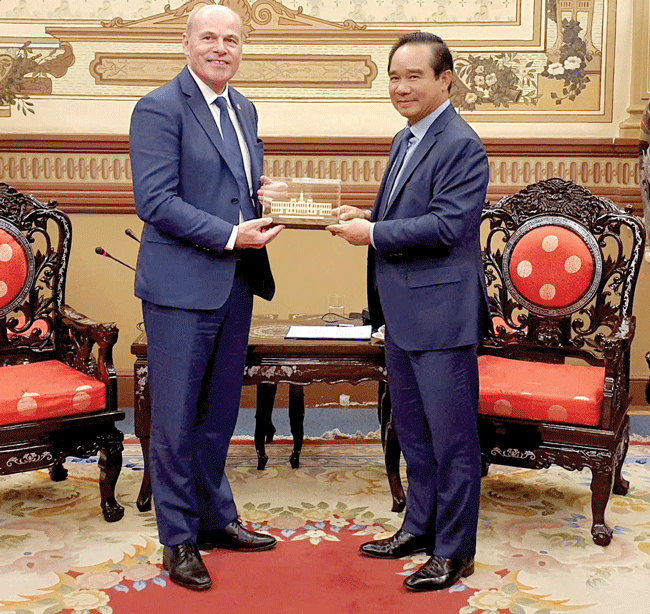
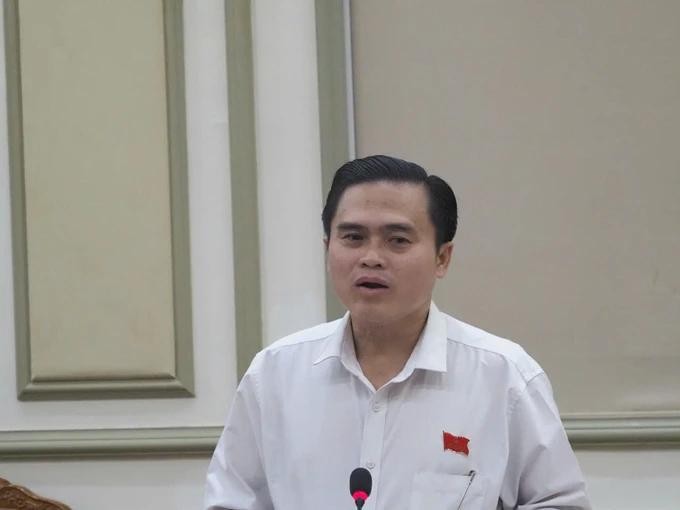
The Culture and Social Affairs Committee of the Ho Chi Minh City People's Council yesterday held a follow-up working session with relevant agencies, the Thu Duc City People's Committee, and authorities in districts to advance the development of the project to construct 4,500 classrooms.
This initiative is part of the city’s efforts to commemorate the 50th anniversary of the Liberation of the South and National Reunification (April 30, 1975 – April 30, 2025).
During the meeting, Deputy Head Ho Vu of the Finance and Planning Division of the District 10 People's Committee reported that in 2024, the disbursement rate for the initiative to construct 4,500 classrooms in the district was 84.68 percent, leading to the execution of the capital plan.
In the first quarter of 2025, the disbursement rate for projects was recorded at 1.51 percent of the allocated plan. In Thu Duc City, despite receiving attention and prioritized funding for education, the budget still falls short of necessary requirements. Additionally, resources from social investments have not been reported due to the absence of official guidelines and objectives.
Several school construction investment projects in Binh Chanh District are facing challenges due to the lack of land handover, which complicates compensation and site clearance processes. Tran Khac Huy, Head of the Planning and Finance Division under the Ho Chi Minh City Department of Education and Training stated that the initiative to construct 4,500 classrooms encompasses three major project groups.
Group 1 includes 118 projects that are listed in the medium-term investment plan for the 2026–2030 period as these projects have well-established procedures and legal documentation, making them become strong candidates for prioritized capital allocation.
Group 2 comprises 76 newly proposed projects with high feasibility, which have the potential to accelerate implementation within the 2021–2025 timeframe.
Group 3 consists of 83 projects that already meet favorable legal and land-related conditions. With sufficient determination, the implementation of these projects could be accelerated.
One of the current major challenges stems from the Ministry of Education and Training’s Circular 13/2020/TT-BGDDT which sets facility standards for kindergartens, primary schools, secondary schools, high schools, and multi-level general schools. Under this regulation, many new school construction projects risk reducing classroom sizes in an effort to increase capacity and address educational demands. As a result, projects must be adjusted to focus on renovations and upgrades rather than new construction, ensuring that classroom sizes are not compromised.
Ho Chi Minh City has recently released a document urging ministries to provide guidance in addressing the challenges faced by major urban areas characterized by rapid population growth. Recognizing the local efforts in advancing the initiative to construct 4,500 classrooms, Head Cao Thanh Binh of the Culture and Society Affairs Committee of the Ho Chi Minh City People’s Council disclosed that by April 30, 2025, the city is expected to have 872 new classrooms operational. However, the majority of these will be for renovations and upgrades, with only a limited number of entirely new classrooms being built.
Reports from various local administrations indicated that the city is unlikely to meet its target of having 4,500 new classrooms operational by the end of 2025. Several objective factors, including legal processes and planning modifications, contribute to this situation.
Additionally, many projects that are progressing slowly have highlighted issues such as poor coordination among local authorities and facilities, restrictions, and specialized sectors. Furthermore, there is a noticeable deficiency in local oversight, and the responsibilities of the involved parties have not been clearly established.
Based on that reality, Mr. Cao Thanh Binh proposed that the People's Committee of Thu Duc City and 21 districts strengthen control and reasonable distribution with facilities, departments, and sectors to quickly resolve difficulties for projects.
From now on, Ho Chi Minh City will quickly control and deploy 276 projects under the project to build 4,500 classrooms, and at the same time direct large facilities and departments to strengthen coordination to accelerate the progress of project implementation.
